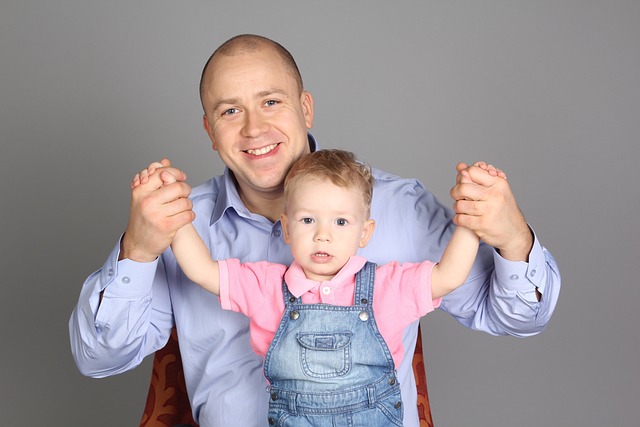The DHS Child Welfare system, a complex network dedicated to protecting vulnerable children, intervenes upon abuse/neglect reports, offering services like foster care or state custody. Foster care recipients have defined legal entitlements, and access to legal representation is crucial for their rights protection. Specializing lawyers advocate for fairness and justice, guiding clients through intricate processes and balancing child interests with parental rights. Effective advocacy demands strategic navigation, legal knowledge, client communication, and strong alliances within the system for optimal outcomes in DHS child welfare cases.
“Uncovering the intricacies of the DHS child welfare system is paramount to ensuring the rights and well-being of involved children. This comprehensive guide navigates the legal landscape, shedding light on the rights and protections afforded to kids in foster care. We explore the pivotal role of legal representation in safeguarding their interests and promoting fair treatment within the system.
Furthermore, practical strategies for navigating DHS child welfare cases empower advocates to effectively advocate for the best outcomes.”
- Understanding DHS Child Welfare Cases: An Overview of the System
- Legal Rights and Protections for Children in Foster Care
- The Role of Legal Representation in Ensuring Fair Treatment
- Navigating the System: Strategies for Effective Advocacy
Understanding DHS Child Welfare Cases: An Overview of the System

The Department of Health and Human Services (DHS) Child Welfare system is a complex network designed to protect and nurture vulnerable children. It’s a intricate process that involves multiple agencies, professionals, and legal entities working together. At its core, DHS child welfare cases aim to ensure the safety, well-being, and permanent placement of children in suitable homes when their families are unable to provide for them.
This system is triggered when a child is reported as abused or neglected. Following an investigation by Child Protective Services (CPS), if substantiated, the child is placed under the care of DHS. This can involve temporary foster care, family-based services, or, in severe cases, removal from the home and placement into state custody. Legal representation plays a crucial role here, as it ensures that both the child’s rights and the parent’s due process are protected throughout the entire case.
Legal Rights and Protections for Children in Foster Care

In DHS child welfare cases, children placed in foster care are entitled to specific legal rights and protections. These include the right to be treated with dignity and respect, to receive appropriate medical care, education, and counseling, as well as to maintain contact with family members unless it’s deemed harmful to their well-being. The system is designed to ensure that children in foster care have access to legal representation, allowing them to understand their rights and advocate for their best interests.
Legal representatives play a crucial role in protecting these rights by providing guidance, ensuring fair treatment during hearings, and helping children navigate the complexities of the child welfare process. They also assist in accessing available resources, such as financial aid, housing support, and specialized services tailored to individual needs. This legal representation is vital in fostering a safe and supportive environment for vulnerable children within the DHS child welfare system.
The Role of Legal Representation in Ensuring Fair Treatment

In DHS child welfare cases, legal representation plays a pivotal role in ensuring fair treatment for all involved parties. Lawyers specializing in this area advocate for the rights of children, parents, and guardians, navigating complex legal procedures and policies within the child welfare system. They provide crucial support by offering guidance, explaining rights and responsibilities, and ensuring that every step taken aligns with the law.
Legal representation helps to maintain transparency, challenge unfair practices, and protect against potential abuses. By presenting a strong defense or argument on behalf of their client, these lawyers advocate for outcomes that prioritize the best interests of the child while also considering the rights and well-being of parents and guardians. This balanced approach is essential in achieving just resolutions in DHS child welfare cases.
Navigating the System: Strategies for Effective Advocacy

Navigating the complex landscape of the DHS child welfare cases requires a strategic approach from legal representatives. Understanding the intricate processes and regulations is crucial to ensure effective advocacy for young clients. One key strategy involves staying informed about state and federal laws pertaining to child protection, as these can significantly impact case outcomes. Legal professionals should also foster open communication with their clients, empowering them to share their experiences and concerns openly.
Additionally, building strong relationships with relevant DHS agencies, court personnel, and other professionals in the field is essential. This network can provide valuable insights into case progression and help advocates anticipate potential challenges. By combining knowledge of the law, empathetic client interaction, and strategic alliances, legal representatives can better navigate the system, ensuring the best possible outcomes for children involved in DHS child welfare cases.






